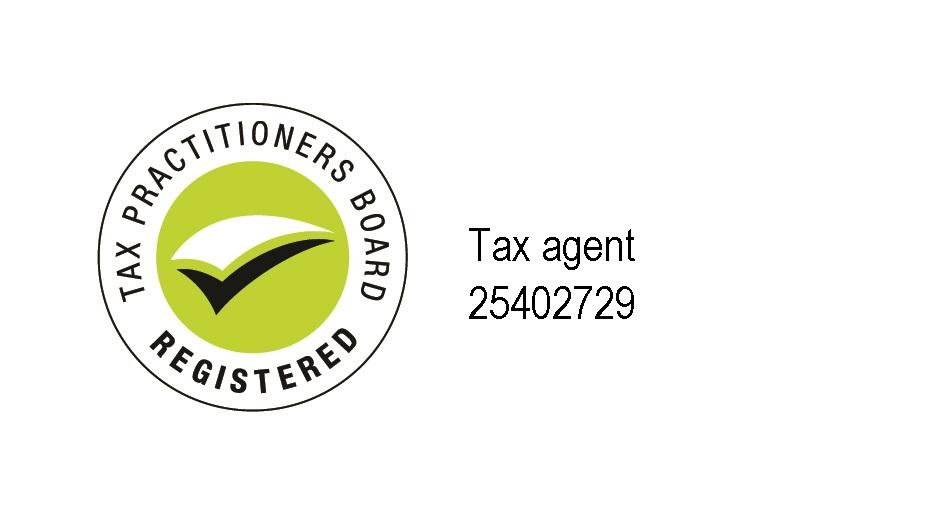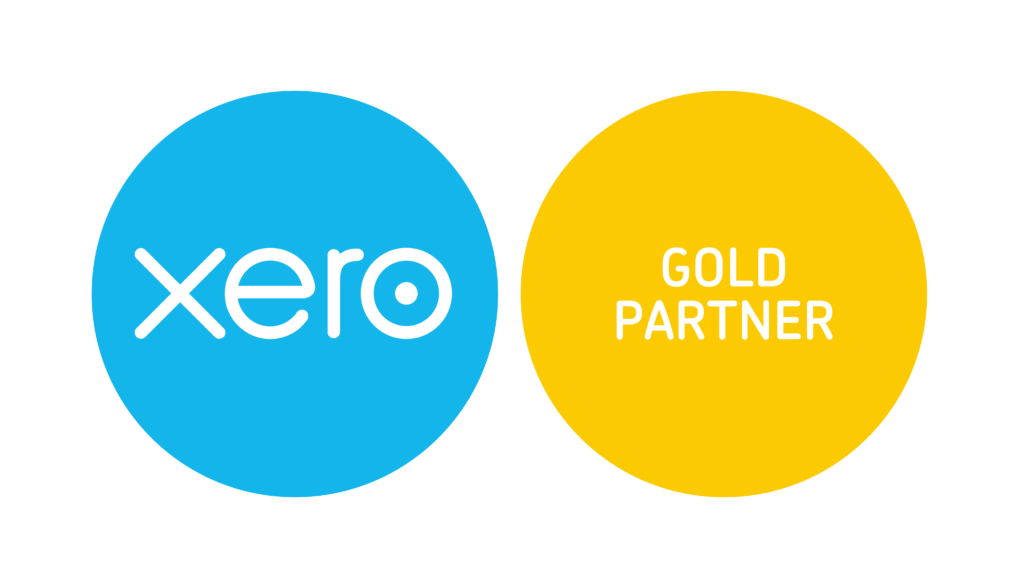Are you eligible for the lower corporate tax rate?

The Treasury Laws Amendment (Enterprise Tax Plan) Act 2017 implements a series of corporate tax cuts which aims to permanently lower the corporate tax rate to 25% tax by 2019-20 for all companies that carry on a business and have an aggregated turnover of less than $50 million.
With the lower corporate tax rate came a new method for calculating maximum franking credits, which became law on 19 May 2017 but took effect from 1 July 2016. In October 2017, Treasury released draft legislation that aimed to clarify if a company will/will not qualify for the lower corporate tax rate of 27.5% from 1 July 2016. The proposal was that a company would not qualify for the lower corporate tax rate if 80% or more of its assessable income was passive in nature. The aim of this amendments was twofold: (1) prevent passive investment companies from accessing the corporate tax cuts; and (2) bring forward the commencement of the ‘base rate entity’ concept by 12 months to 1 July 2016.
Under the new regime, eligibility for lower corporate tax rates is dependent on meeting the new definition of Small Business Enterprise (SBE) and Base Rate Entity (BRE). It is also important to note all other corporate entities, with a turnover is $50m plus, will not be eligible for the lower corporate tax rates.
Who is eligible for lower corporate tax cuts?
Eligibility for lower corporate tax cuts is dependent on the value of your company turnover, and further, a new business category has been added.
A company is now eligible for a reduced company tax rate if it is:
- for the 2016–17 income year — a small business entity (SBE); and
- from the 2017–18 income year — a base rate entity (BRE).
A company is a Small Business Enterprise (SBE) for an income year if:
- it carries on a business in the current year; and
- either its previous year or current year turnover is less than $10 million.
A company is a Base Rate Entity (BRE) for an income year if:
- it carries on a business in the income year; and
- its aggregated turnover for the current income year is less than $25 million for 2017-18
OR
- its aggregated turnover for the current income year is less than $50 million for 2018-19
Current Years Turnover Versus Prior Years
The BRE definition tests only the current year’s aggregated turnover – the previous year’s turnover is not relevant. This contrasts with the SBE definition which allows an examination of either the current year’s or previous year’s turnover in determining whether the turnover test is satisfied.
If you have any questions or need help understanding the correct corporate entity category for your business, feel free to contact Semmens & Co on 03 8320 0320 for a free consultation.
If you’re looking for more information on how to maximize tax benefits for your business, download our e-book Top 9 Tax Tips That Could Save You Thousands.







